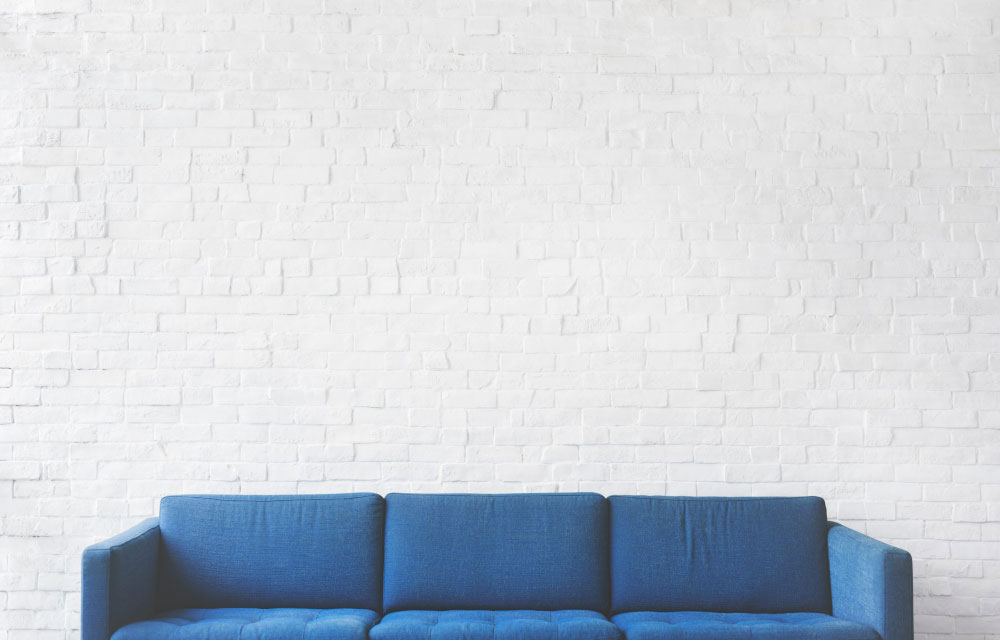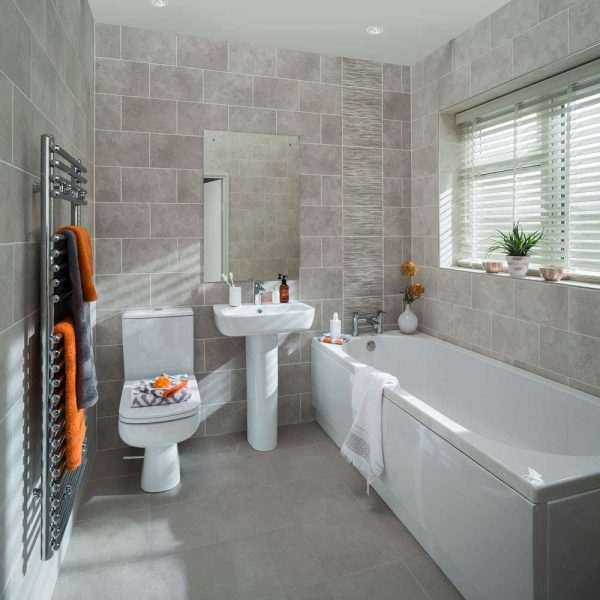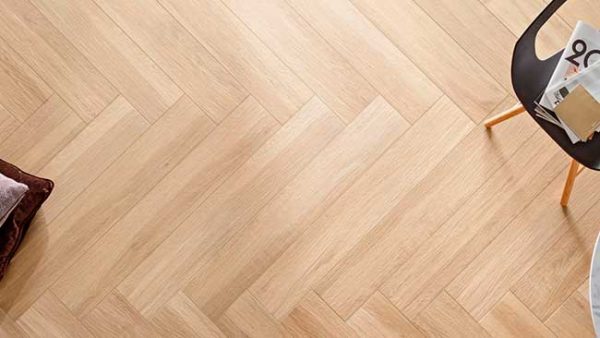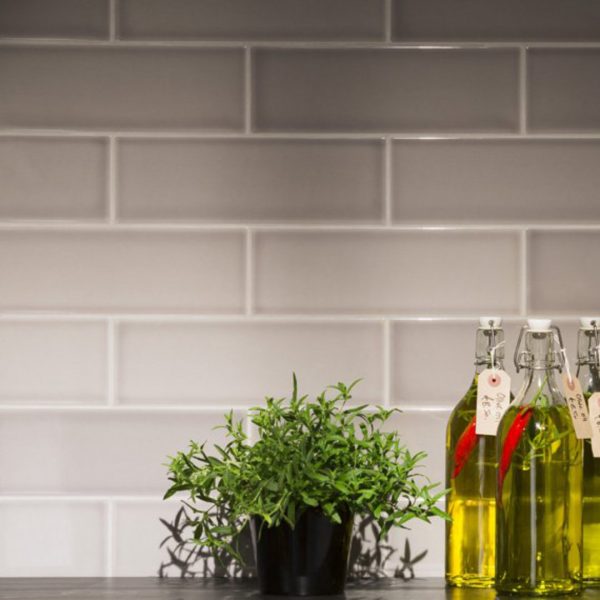As a leading tile retailer, we’re often asked for advice on customer’s tiling projects. One of the most frequently asked questions, is: ‘can you tile over a brick wall?’
Can You Tile Over A Brick Wall?
First things first, yes, you can tile over a brick wall. However, as you may have guessed it’s not that simple. Tiling over a brick wall is tricky and can result in an uneven finish. Although some tilers say you can lay directly onto a brick wall, from experience, we’ve found it rarely results in the smooth, perfect finish desired. Plus, removing tiles that have been directly applied to brick can be a painful job.
With this in mind, we’ve asked the experts at BAL to put together their recommendations and advice for tiling over a brick wall. Sorry it’s not the simple, yes or no answer you were looking for, but, here at UK Tile Sales we like to give a factual answer that will provide long-lasting results not a quick fix that could ruin your tiles and room!
Please note: If your walls have been stripped back to the brickwork then preparing them for tiling can be a complex job. To complete the job to the highest standard we’d always recommend hiring a skilled tiler to do the job for you.
How To Tile Over A Brick Wall
Option 1 – Dry Lining
- Ensure your brick wall is clean and free from any existing, loose mortars or paint. Adhesives and primers may fail as a result of bonding to an unstable material.
- Apply a suitable 12mm Plasterboard using a dry lining method, using a dry wall adhesive. Please note: you may need to consider moisture resistant boards for wet areas.
- Once you’ve achieved a smooth surface, prime the board with a suitable Acrylic/Tiling Primer (not PVA) as per the manufacturers guidance.
- Once dry, apply a suitable tile adhesive for the tile and only spread what you are comfortable with i.e. Cement Based Adhesive for Porcelain or Ready Mixed for Ceramics no greater than 300 x 300mm.
- Next, apply the tile to the wall. Make sure you press the tile firmly in place when applying. Also ensure your joints are kept even, you may use Tile Spacers for this.
- Once you’ve tiled your entire wall, ensure the adhesive has cured or dried, before applying a suitable grout. We recommend following the manufacturers guidance on adhesive curing/drying times.
- Fill all the joints with grout, using a Grout Float removing any excess as you go, using the float at 45 degrees to the tile joint.
- Finally, allow the grout to firm-up (as per manufacturers guidance). Remove excess with a clean, damp sponge, again at 45 degrees to the joint. Then, lightly sponge finish the joint to achieve a smooth consistent grout joint.
Option 2 – Install a Stud Wall
- Erect a timber stud frame with centres at 300mm apart, to ensure there is no flexibility in the boards you are about to install. Mechanically fix the frame to the surrounding walls, floor and ceiling.
- Apply a suitable 12m Plasterboard or 12mm Tile Backer Board using dry wall screws and fix the boards 300mm apart. This method may allow for the installation of insulation within the stud frame.
- Once you’ve achieved a smooth surface, prime the board with a suitable Acrylic/Tiling Primer (not PVA) as per the manufacturers guidance.
- Once dry, apply a suitable tile adhesive for the tile and only spread what you are comfortable with i.e. Cement Based Adhesive for Porcelain or Ready Mixed for Ceramics no greater than 300 x 300mm.
- Next, apply the tile to the wall. Make sure you press the tile firmly in place when applying. Also ensure your joints are kept even, you may use Tile Spacers for this.
- Once you’ve tiled your entire wall, ensure the adhesive has cured or dried, before applying a suitable grout. We recommend following the manufacturers guidance on adhesive curing/drying times.
- Fill all the joints with grout, using a Grout Float removing an excess as you go, using the float at 45 degrees to the tile joint.
- Finally, allow the grout to firm-up (as per manufacturers guidance). Remove excess with a clean, damp sponge, again at 45 degrees to the joint. Then, lightly sponge finish the joint to achieve a smooth consistent grout joint
Option 3 – Apply a smoothing Render
- Ensure your brick wall is clean and free from any existing, loose mortars or paint. As a Render may fail as a result of bonding to an unstable material.
- Apply a coat of Cement Based Render to the brickwork, ensuring it is flat. Please Note: Renders must cure for 2 weeks prior to installing tiles, although quick setting pre-bagged renders are available.
- Once the render has cured prime the surface with a suitable Acrylic/Tiling Primer (not PVA) as per the manufacturers guidance.
- Once dry, apply a suitable tile adhesive for the tile and only spread what you are comfortable with i.e. Cement Based Adhesive for Porcelain or Ready Mixed for Ceramics no greater than 300 x 300mm.
- Next, apply the tile to the wall. Make sure you press the tile firmly in place when applying. Also ensure your joints are kept even, you may use Tile Spacers for this.
- Once you’ve tiled your entire wall, ensure the adhesive has cured or dried, before applying a suitable grout. We recommend following the manufacturers guidance on adhesive curing/drying times.
- Fill all the joints with grout, using a Grout Float removing an excess as you go, using the float at 45 degrees to the tile joint.
- Finally, allow the grout to firm-up (as per manufacturers guidance). Remove excess with a clean, damp sponge, again at 45 degrees to the joint. Finally, lightly sponge finish the joint to achieve a smooth consistent grout joint.
We hope this article has helped with your tiling project. If you liked this, you may be interested in our article ‘can you tile over tiles?’ or our tiling advice and fixing guides.
If you do have any further questions about our tiles or your tiling project, please don’t hesitate to contact our team.






